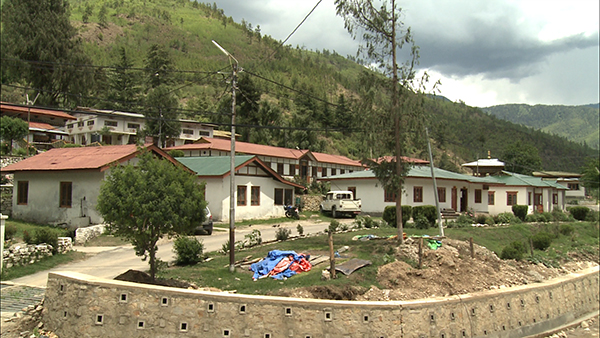 Going by the definition of the World Health Organization (WHO), Bhutan has eliminated Leprosy. WHO declares a disease eliminated, if the prevalence rate is less than one per 10,000.
Going by the definition of the World Health Organization (WHO), Bhutan has eliminated Leprosy. WHO declares a disease eliminated, if the prevalence rate is less than one per 10,000.
The country’s prevalence rate reduced to 0.29 per 10,000 people today from 0.4 in 2011.
The number of cases being reported has been declining consistently. From 21 in 2013, the number came down to 18, last year.
This year, seven new cases have been reported.
Ministry of Health’s Secretary, Dr. Dorji Wangchuk said they were able to bring down the number consistently because of high political commitment.
“Mostly, it was through consistent support we received from Her Majesty, the Royal Grandmother Ashi Kesang Choeden Wangchuck. We also received continued support from Her Royal Highness, Ashi Kezang Wangmo Wangchuck.”
He said they started multi-drug therapy in the 90s, which has produced a dramatic result of elimination.
The health ministry has been working on various awareness programs to further reduce the leprosy cases.
They said it will take time to eradicate the disease since the incubation period is long.
The incubation period ranges from nine to 30 years.
”We have series of programs like sensitization of general public on early signs and symptoms of leprosy,” said National Leprosy Control Programme’s Officer, Dorji Khandu.
Leprosy is a contagious disease caused by bacteria called Mycobacterium Leprae.
The symptoms include red patches on skin with lost or impaired sensation to heat and cold, painless ulcers on hands and feet, among others.
Over Nu 1.8 M is allocated annually by the government to eliminate the disease.







